Jimbaux can breathe again.
The Start Of The Holy Season
Today, Saturday 4 October 2014, had (you know that I’m not really writing this “today”) such a great sense of relief for so many reasons, but it had me rationalizing some possibly-not-good decisions away.
Relief
We awoke this morning to cool weather, and it felt great! This is the first really cool weather of the season, and it comes appropriately shortly after the beginning of the holy month of October. Coincidentally this weekend, there is another major reason that I have to feel relief; I won’t go into details, but, significant and still problematic health issues that exacerbated it aside, the “third-life crisis” is now essentially over, the initial harvest from the metaphorical seeds metaphorically planted one year ago has commenced, the metaphorical harvest from more metaphorical seeds planted in the previous few years continues, and I am now slowly beginning to feast (appropriately in October) on that harvest. There is still work to do, health (spinal, nerve) problems are still precluding progress on pursuing – much less achieving – many of my hopes and dreams, but the worst now seems behind me, as the future is starting to look brighter.
Rationalization
With all of that in mind, I rationalized that this was a reason to spend precious time by going out trackside and see and photograph some trains (which would necessitate processing the photographs and typing this blog post for them, thereby burning even more time.) In doing so, I was, instead of getting pictures while I am already out-and-about for other purposes as is my normal custom now, today going out on the roads and highways for the sole purpose of finding trains (and, today, enjoying the weather); actually, I did that last weekend two, when I got a great set of pictures in New Orleans. Another perhaps-bigger problem is that this rationalization led to another rationalization, that of doing things that I probably should not have done in order to get these shots.
The Rationality Of The Rationalization
I was not just going trackside and photographing whatever unknown trains were out on the line. I knew that at this time on a Saturday afternoon I had a good chance of seeing Union Pacific Railroad train IAVLB, a train that I like, and so when I heard the dispatcher talking to an “UP 8578 west” when I was ‘home’ at Le Jardin, I figured that that was the IAVLB; hearing the train talk to the dispatcher about signal problems as it emerged from Salix and that it finally got a clear signal at the 33.5 gave me just enough time to get out and get set up for a mostly new shot that I had wanted for a long time to attempt. Therefore, I did have a rational reason to think that my efforts would likely yield positive results; therefore, there was a rational component to my overall rationalization.
A Mostly New Shot
This is another situation in which being limited to a 934-pixel-width really precludes much of the impact that a shot like this one would otherwise have; maybe I’ll eventually post a larger version on that obligatory medium known as Facebook, but here’s a view that I have not really done – at least, not like this – until now, despite how close to home it is.
Train IAVLB is an intermodal train, as you can see, hence the “I” prefix, originating in Avondale, La., hence the “AV” origin station code, and terminating at the port at Long Beach, Ca., hence the “LB” destination station code. The train, as far as I know, runs only on Saturdays, though there is a very similar looking train called the IAVLBB on Wednesdays; why it has a different name I do not know.
Here is a cropped version of that image.
That’s intense.
Since He Needs To Stop Anyway . . .
I knew from witnessing a meet (of the M-DYTCSX and a westbound unit crude oil train, the latter which took the siding) a few hours earlier and from the absence of radio chatter since then that the IAVLB had to stop to realign the west siding switch at Schriever; its need to slow down for the switch made this next picture possible.
So many trains over my lifetime I have seen here.
Resuming
It is not often that you can photograph a mainline train in two locations within a mile of each other, but that’s what we have here, thanks to the need to stop to realign the switch.
Why do I like the IAVLB so much? I don’t know, though I have some theories, but maybe a bigger question needs to be asked first; why do I like railroads and trains so much?
While there are – or may be – rational reasons for a railroad enthusiast to like a specific train and a specific railroad more than others, there is no rational reason for for being a railroad enthusiast, at least none that I can ascertain. This is one general reason why I generally don’t criticize other people’s hobbies, unless there is some pervasive element of destruction to them, but, even then, I generally don’t make much of an issue out of them.
The IAVLB is an intermodal train; intermodal trains generally don’t have the old-time appeal of regular carload trains, but they’ve been around long enough that they do seem historic. Carload trains – the traditional types of trains with mixed individual shipments – are slowly becoming less cool, with so many lease hopper cars and tank cars, so few railroad-owned cars, and so few of the railroad-owned cars with diverse logos representing diverse geographic areas.
As a maritime intermodal train, the IAVLB has plenty of geographically diverse logos, but they are on the containers! and they’re not of the North American continent! Many of the containers have Chinese writing, and some may have Japanese writing too (though I don’t know enough about either language or writing system to tell one from the other.)
Another reason why I like this train is that, in addition to its Far East connections, it has mostly local connections! Since it originates in Avondale in the southwestern part of the New Orleans metropolitan area, many of us have probably consumed or used or been affected by the products that many of these containers carried when they arrived in the area. (I suspect that a significant number of the containers in this westward return journey are empty.) So, it is fun to think that this train originated locally and that its containers are going to many far-off, exotic destinations.
Also, the uniformity of stacked containers provides a geometry that provides a neat visual effect. Actually, I probably like the MNSEW as much as or more than I like the IAVLB, but it neither runs on a predictable schedule nor even a predictable route.
Finally (I think), I have long ago (probably at least three years) gotten over the fact that Union Pacific swallowed my beloved Southern Pacific Railway – the railroad of my youth – and made its presence in the Lafayette Subdivision. Ten years ago, not only was that memory still fresh, but UP was notorious for having filthy locomotives. That has since changed! When I heard that the IAVLB was on its way, I knew that it was a safe bet that the lead locomotive would be clean; it was!
Because of all of this, I can show one more view from the 56.
C’est bon; c’est bon. This is where the chase should have ended and where it would have ended had I known that I would not be able to beat the train to Chacahoula; however, such was not the case.
Subrationalization #1
I figured that the light at Chacahoula would be golden right at about now and that the sun would be just enough on the southern side of the track to make that traditional shot worth doing – the shot that I did plenty in the old days and have not done in awhile more recently. I also figured – rationalized – that the IAVLB would be an ideal train to photograph there.
I made a twofold decision: I would A.) get the shot at Chacahoula, and then B.) I’d end the chase, turn around, and get a life.
The problem with this idea is that I am on the northern side of the track with the train passing, and I have to wait until it passes to move. I had, in the past, been able to beat slower-moving manifest trains to Chacahoula even though I had to scoop them leaving Schriever, but this is an intermodal train with probably mostly-empty containers, and it was, even though it had to stop, already on the mainline.
I tried and tried to beat the train to Chacahoula, but it did not happen. What do I do now?
Subrationalization #2
I’m already in Chacahoula, and I’m already moving in a westerly direction anyway. I also came this far anyway. Therefore, I can’t simply admit that driving westward from Schriever was an exercise in futility and just go home, can I? I must have something to show for my increasingly pointless effort, right? I must keep burning away an increasing amount of time and resources already because I burned time and resources with nothing yet to show for it, right? My introvertedly vain self must make a production out of this, and so it was.
So, I did. I’ll just shoot the train at Donner; the problem is that I could not beat the train there either.
What now? Do I drive all the way to Bayou Boeuf? Shouldn’t I just go home?
There was no shot to be had at Gibson either, and I would not have been able to set up in time anyway.
Subrationalization #3
Drive to Bayou Boeuf? What makes me think that there is a shot there this time of year? I don’t know, but I rationalized that there was one, and so I kept going.
There was no shot there; well, there is one lame one, but it’s now shrouded in tree shadows.
Why in Earth am I doing this foolishness?
Saved By Boat Traffic
All of the remaining pictures in this article should not even have been taken because I should not have even come this far away, but I did; so, please allow them to edify you in some manner. The Berwick Bay bridge tender informed the IAVLB that the span was up and allowing boat traffic to pass right now and that the train would have to wait on Tiger Island.
Subrationalization #4
As this weekend is at a critical juncture in my professional life, and as that professional life included a tour of duty in Morgan City, I must spend some time – and get some pictures – this afternoon in Morgan City. I also must eat, because now I am hungry, because I didn’t plan to be out this long; so, Burger King with an original chicken sandwich combo at the drive-thru it was, as I rationalize another ridiculous fast food purchase. Dammit! This is getting ridiculous. Don’t I have better things to do?
Plenty Of Cars At The Port
After rolling away from Burger King, I knew that there was time to check out the cars parked at the port before I got set up for a shot of the IAVLB somewhere. I had never before seen this many cars parked at the Port of Morgan City’s trackage.
Wow! Every spot is occupied; there are ten cars there.
It’s Cool; They Know Me
Here is a closer look, through a volleyball net at a place where I spent some time a few years ago.
Yeah, check out those “Bentonite” cars; apparently, the UP local has been delivering these cars, and this is the first time in many years that UP serves the port.
Getting High On Greenwood
Now it’s time to get set up for the shot of the IAVLB, and if he doesn’t get here soon, we’ll have no shot at all, as dusk is near.
While waiting, we can get some shots of the pipe yard that has been partially responsible for the survival of the UP local, but not lately!
I wonder how the Boeuf-Ursa Looker is doing; I have not seen or heard from him in a long time. He appreciates the good old days of Chip delivering pipe here at Patterson Tubular.
Minutes passed, and more minutes passed, but there was no train; what had seemed pointless before was still seeming pointless, only moreso. I can only show part of what I saw, and there is some idea of order or of motion here.
What is the meaning of that picture? Please offer a non-literal answer to that question.
There is plenty of transportation happening here.
Good.
Eventually, I heard “Berwick Bridge is coming down” over the radio, and the IAVLB resumed its westward journey. Soon thereafter, I got this shot.
Well, there, dammit, I caught the IAVLB west of Schriever; now, finally, I can, by my own ridiculous, rationalized standards, go the heck home, but I won’t do that just yet, since there is still a tad bit of sunlight left and a good photo location and another train near here.
Not Too Late In The Day, But Too Late In The Year
I should have known that, being more than a quarter year away from the summer solstice (i.e., being fall or winter), it’s too late in the year to do this shot, but by the time that I realized that I should get closer to the bridge, it was too late.
Oh, well. We are now in the wonderful city of Berwick (I briefly considered living here some years ago) overlooking Berwick Bay – this part of the mighty Atchafalaya River – toward Morgan City, the city named after the man who built the railroad from New Orleans to the city that bears his name.
I am very glad that I did what I did there when I did it, but I’m also very glad that I am not doing it anymore; so so much else is true about a great many other things, both in my life and in yours (for you) too, likely.
The above view shows Conrad Shipyards, the main location, a major employer in the area, especially now that the McDermott facility in Amelia closed.
The M-BNTNWO at Berwick
BNSF Railway train M-BNTNWO (Beaumont, Tx., to New Orleans) had been waiting in the siding for the IAVLB for awhile, and I hurt myself – and rationalized doing so – just in time to get this shot of it emerging from the siding.
The M-BNTNWO terminates at the New Orleans Public Belt Railroad’s Cotton Warehouse Yard and consists of three blocks, one for the New Orleans Public Belt Railroad, one for the Norfolk Southern Railway, and one for the Canadian National Railway.
Note in the above picture the track emerging from the siding at a sharp downward grade. That is the beginning of the former north-of-the-mainline riverfront trackage of Berwick (there was a spur on the southern side of the mainline too), which was once quite extensive, but which today ends unceremoniously thus.
Occasionally, Maintenance-Of-Way equipment is parked here, but that is all that is ever parked here anymore and all that I ever remember being parked here, but in the 1970s and probably into the 1980s, the trackage extended about a mile upriver to some drilling mud place.
A Nice Idea, Until You Consider . . .
Not only have I imagined how neat it would be if that track was still there and was still used, but I have wondered if the little stub that remains could be used for some revenue freight service, like the offloading of lumber. This would make train-watching in this area more interesting, but being interesting to the observer does not mean that it would make sense.
First, there is only room to safely put one car; there is actually room on the other side of the crossing for another car, but since it is on a significant downward grade, I’d be scared about a parked car rolling away and striking an automobile or a pedestrian. Second, no local train currently passes this spot anyway, meaning that local trains – the L&D Schriever Job and-or the UP Avondale-to-Morgan-City Local – would have to come this far (even if only from Morgan City) just to serve this customer from a siding that might be occupied with a train anyway. All of this reminds me of a column written by Mark W. Hemphill for the November 2004 issue of Trains in which he describes how a major railroad’s efforts to create new business at one lumberyard that was off of a siding where there was no local train caused major problems for the railroad and that the service had to be dropped not long after it started. In the case here at Berwick, there are two local trains who go as far west as Morgan City, just across the river, which would mean that serving this track wouldn’t be that big of a deal, but it’s on a siding, which would make departing problematic if the siding needed to be used for its actual intended purpose, as it just was here.
Then, I pondered the idea that the Port of Morgan City could use its existing track north of Youngs Road to simply make a little transload area there; no new track would need to be built, but customers would not be able to unload when the track is served by rail because it would need to access that area to get to the tracks seen in the earlier pictures of the port.
Okay, Back To The River, And Back To The Train
Let’s go watch the M-BNTNWO cross the river as the setting sun bathes the bridge in light, and then we’ll call it a day.
I love that bridge, I love photographs of that bridge, I love photographing that bridge, but I don’t like how getting a view showing the train fairly close necessitates cutting off the top of the bridge.
Here is a neat old British Columbia Railway boxcar, obviously part of the CN block.
I like that. Also, this train typically has some gondolas, like these NDYX gondolas.
That, really, is enough of that.
Tomorrow, I would head to Slidell to do some more work on the “That’s How We Survive” music video that W Thibodeaux and I finally started filming two weeks before; I can already tell you that I got a few lame pictures out of the trip, and you’ll eventually see them here.
Three years ago today, I took pictures in Gretna on another part of this ex-SP mainline east of where the pictures that you just saw were taken.
Philosophizing On Rationality, Irrationality, And Their Effects
It’s time for a little bit of timely philosophizing.
Is There A Rational Case To Ban Same-Sex Marriage?
That was the title of a great piece at The Atlantic recently, and I am glad that the question is finally being asked, since that is the most important – but too often overlooked – question in the debate over same-sex marriage. Far too many people – including proponents of so-called “marriage equality” – frame the debate as whether or not one “supports” same-sex marriage, and I find that characterization to be as silly as it is destructive, especially from proponents of marriage equality who are, by framing it as something that needs to be “supported” or that it is a ‘special right’ being sought, playing right into the hands of anti-gay people who claim that same-sex marriage somehow has an effect on them (which they then claim as a justification for banning it.)
I spend plenty of time on the internet arguing with anti-gay and-or anti-same-sex-marriage people, arguing with them about the claims that they make, all out-of-proportion to how little I care about the same-sex marriage issue. I therefore often get described as someone who “supports” (whatever that means) same-sex marriage (and some people occasionally assume that I am therefore gay, which is an extremely shallow and ridiculous assumption), a characterization that I find silly.
The truth is that I do not actually “support” (again, whatever that means) same-sex marriage; I am not “for” it, and I do not “favor” it. Rather simply, I just don’t see any reason to be against same-sex marriage, meaning that I do not see any reason to – or any justification for – “supporting” a ban on same-sex marriage, and I do not see what justification anyone else has for it either.
That’s really it; simply, there is neither a reason to ban nor a justification for banning same-sex marriage, and realizing that does not mean that one “supports” same-sex marriage. As a good piece of journalism does, the aforelinked piece from The Atlantic generally avoids answering the question in its title, but I think that the answer is “no” simply because I have yet to hear any explanation that supports a ban. I have asked hundreds of people who wish to ban same-sex marriage why it should be banned, and none of their answers make sense, at least not as justifications for treating some people differently than the rest of us are treated, which is the entire point and why this is an issue at all.
Being creeped out by something or being bothered because you can’t explain it to your kids is not a reason to ban that something (and desiring to ban something just because you don’t want to explain it to your children suggests that you should not be a parent in the first place.) Upon reading my essay on the homosexuality issue at the end of the recent “Static Miscellany” article, a reader inquired, seemingly confused by my distinguishing between homophobia and being anti-gay; she at first did not understand how I could claim to be homophobic and claim to not in any way be anti-gay. I explained to her that homophobia is a fear and therefore an emotion, that the logical adult part of my brain told me that, despite the natural fear, there was no reason (due to lack of evidence) for me to think of homosexuality as wrong, sinful, or anything that justified any kind of legal or otherwise forceful prohibition.
Therefore, to ban same-sex marriage because I might be uncomfortable with homosexuality would be childish. This seemed to be the point of the responses that Judge Richard Posner made to those arguing in favor of bans on same-sex marriage when their arguments simply did not make sense.
Another revealingly disturbing phenomenon is that many people whom you might call “progressive” or “liberal” reacted with measured surprise that a so-called “conservative” judge like Posner would so easily repulse the arguments of those arguing for the ban. This is silly, and it comes from the destructive and toxic practice of so heavily relying on the terms “conservative” and “liberal” to make such great generalizations about things, turning “conservatives” and “liberals” more into people of specific tribes than of people with specific ideas. That a so-called “conservative” judge would so harshly question the justification for a ban for one group of a right that the majority enjoys should not at all be surprising; there is nothing “conservative” about the government making a specific ban on marriage for consenting adults who happen to be of the same gender without any kind of justification.
Many (and a growing number of) Republicans know that telling people which consenting adults they can not marry and what they can not put in their own bodies is not “conservative” at all, and they also – especially the young people – realize that not telling people what they can not do does not constitute an endorsement of whatever activity is in question; being against putting someone in jail for ingesting marijuana – just like being against putting someone in jail for getting an eyebrow ring – does not constitute endorsing or “supporting” the activity that one is against being prohibited. From where comes this all-too-pervasive notion that we must either “agree with” or “disagree with” – that we have to ‘take a position’ one way or the other – on someone’s personal choices? that being indifferent or minding one’s own business is not an option?
Since “social conservatism” is so very often (but definitely not always) the opposite of actual political or governmental conservatism (because social conservatism often attempts to regulate personal choice without justification), just simply describing someone or something as “conservative” is usually problematic at best. The same is true with the word “liberal” and therefore with the word “liberalism”; being liberal about the individual person often means the opposite about the government – and its power – being liberal.
If you’re going to use such labels, please be specific. The words “liberal” and “conservative” have become so loaded that they are, paradoxically, empty.
Still, I’m getting a bit off topic here, even though all of that was important. Had you asked me 10 years ago if same-sex marriage should be prohibited, and had you asked me five years ago if people who put certain prohibited substances into their bodies should have criminal records, I would have said “yes” to both questions; I have since come to see that there is no rational case for prohibiting either, that any explanation attempting justify prohibition of either is, at best, based on faulty assumptions which are, at best, based on sweeping generalizations that equate the worst behavior of someone who does the prohibited act with all who do that prohibited act – whether it be robbery and assault (which, you know, are already crimes) for drug users, and forcing photographers to photograph a wedding and making out on the front lawn for gays.
Homophobia may have a rational basis, and fear of someone else’s drug use might have a rational basis, but forcibly prohibiting homosexual or drug use actions at one’s home does not have a rational basis; ergo, such laws are unfair and unconstitutional at best and criminal at worst. When proponents of such laws try to rationalize those laws, they, at best, reveal their own irrational fears, and they, at worst, reveal appalling ignorance and unnecessary nosiness and anger.
When Those Who Have Moral Responsibility Damage Their Communities
By now, probably almost all of you have heard the news that two female teachers at Destrehan High School in Destrehan, Louisiana, a place of importance for me, have been arrested for alleged sexual relations with a 16-year-old male student, a story that has made national and international news, and which has therefore greatly embarrassed the community of Destrehan and nearby communities served by the school.
Many are saying, are rationalizing, that because this now-17-year-old student almost certainly does not think of himself as a victim and will probably never regret the sex itself (even if he already regrets opening his mouth about it), the idea, therefore, that these women are guilty of “rape” and that they should go to prison are wrong. Basically, I understand what they are saying about the rape part, but Louisiana law also criminalizes (for the teacher) sexual behavior between any teacher and any student (under the age of 21, I think), and, I think, for good reason; this might surprise you given what I have written about the “no victim, no crime” mentality about drugs and about sexual orientation above, but I will explain the difference below.
What these women did – the damage that they did to a school and to a community – could only be done as teachers. Had a 34-year-old woman who was not a teacher been tapping a nearly-17-year-old-boy down the street, it would be far different; even if the kid would have bragged about it at school, there would have been little reason for school officials to be concerned (partly because high-school boys bragging about banging the hot older woman down the street is not all that uncommon), and that right there shows you why what these women did was so wrong, that the damage they did was to the community, not to the boy. When you decide to become a teacher, you knowingly and willingly become someone to whom many impressionable youth in the community look for guidance; that reality is both empowering and humbling, and I have experienced it. For several years, I thrived under that image, but increasing dissatisfaction with the pressures to maintain the saintly teacher image and monastic teacher lifestyle was a significant reason why I quit.
Nobody forced these woman to be teachers, and that, combined with what has happened to the community as a result of their actions, is why I do not have any sympathy for them; had they just been adult women who worked at the local refinery and were having sex with a 16-year-old male, then, yes, I could understand that the attention both from the media and from law enforcement would be way overboard and would be unfair to all parties involved. Probably, the school officials in Destrehan suspected that if they didn’t call the police, that the situation would snowball anyway, and, since it involved a teacher at the school, they (the school officials) were responsible for doing something about it. I can only imagine how difficult the jobs of all other teachers at Destrehan High School (and I not-so-seriously considered working there) due to what these women have done, and the damage will be felt for a long time; that, again, is why what they did is criminal in addition to being extremely unprofessional.
Preview
Well, getting this article published took long enough! Finally getting it published surely is a relief as much as feeling the need to blog at all is a rationalization.
I can tell you that tomorrow we will see some different and quiet scenes, basically devoid of action, and we will see some different action on Monday and on Wednesday. Stay tuned!
Jimbaux
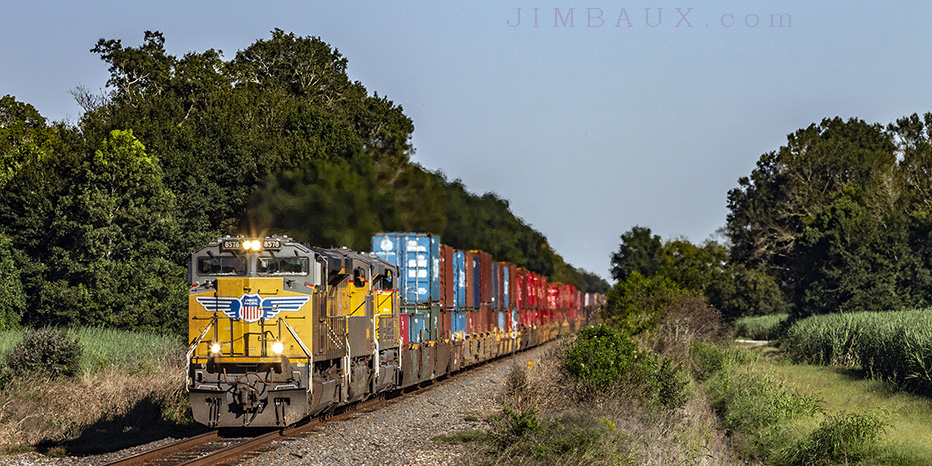


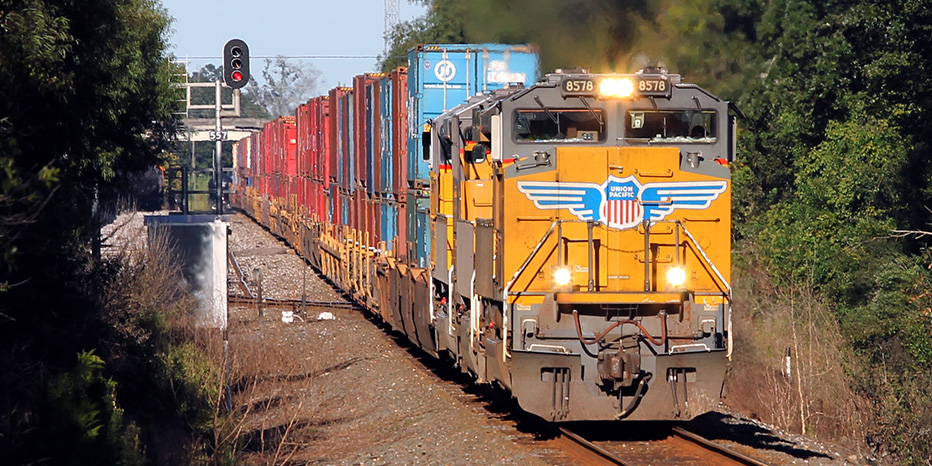
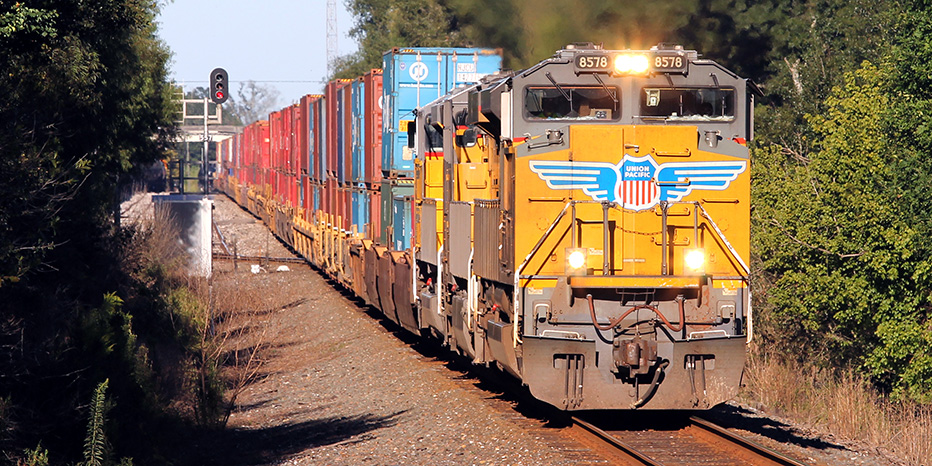

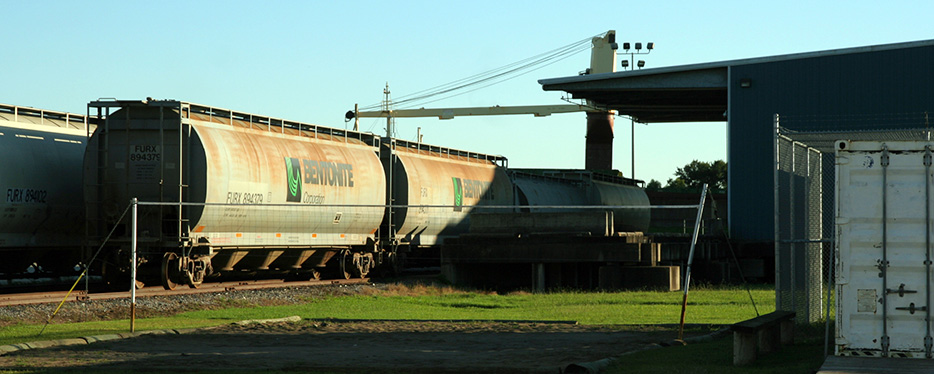
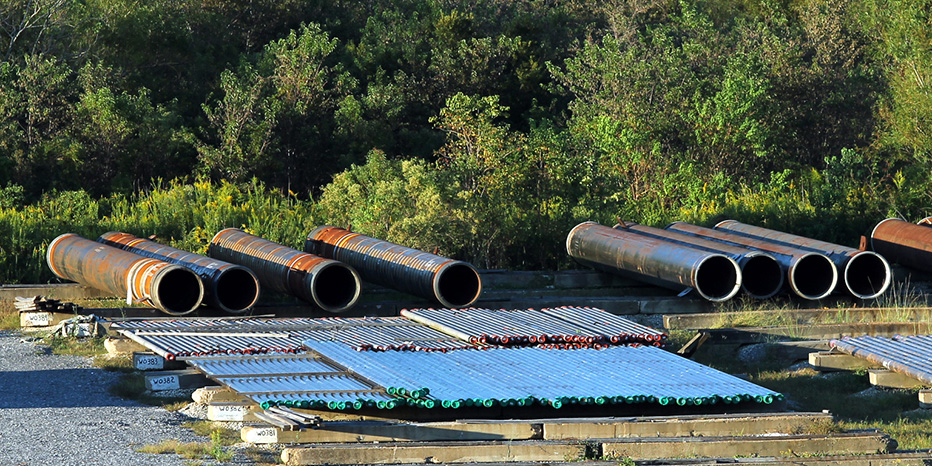
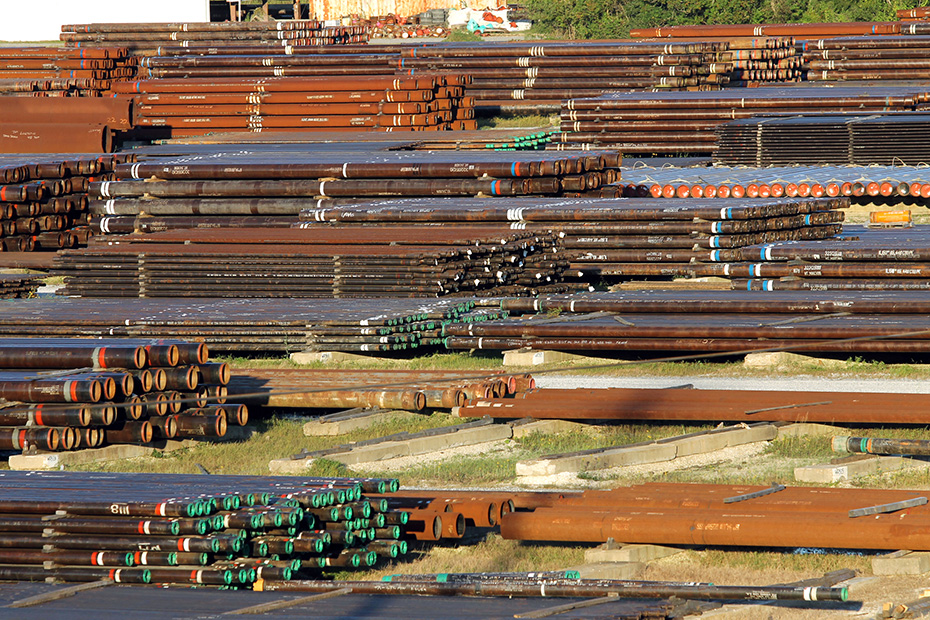
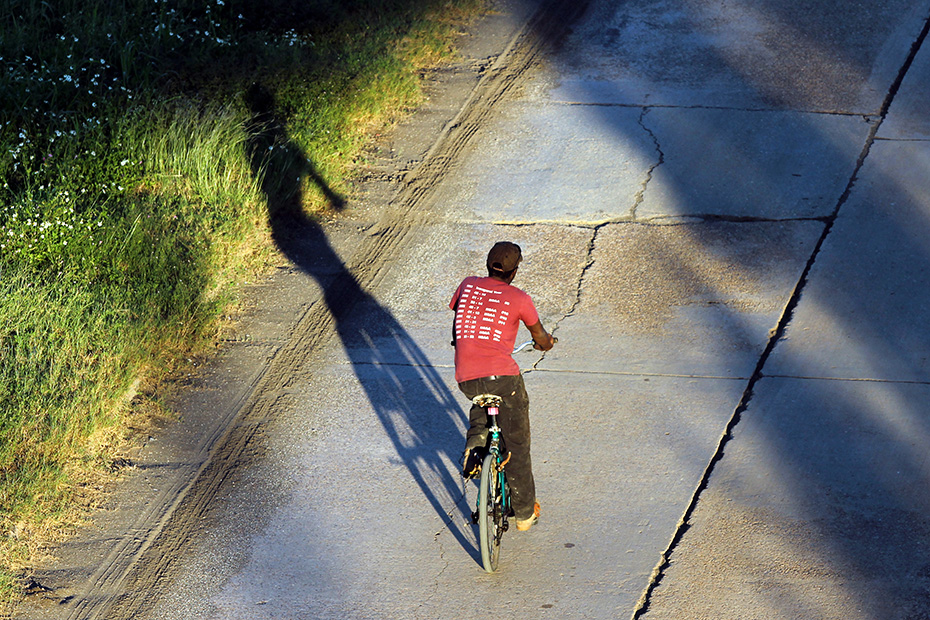
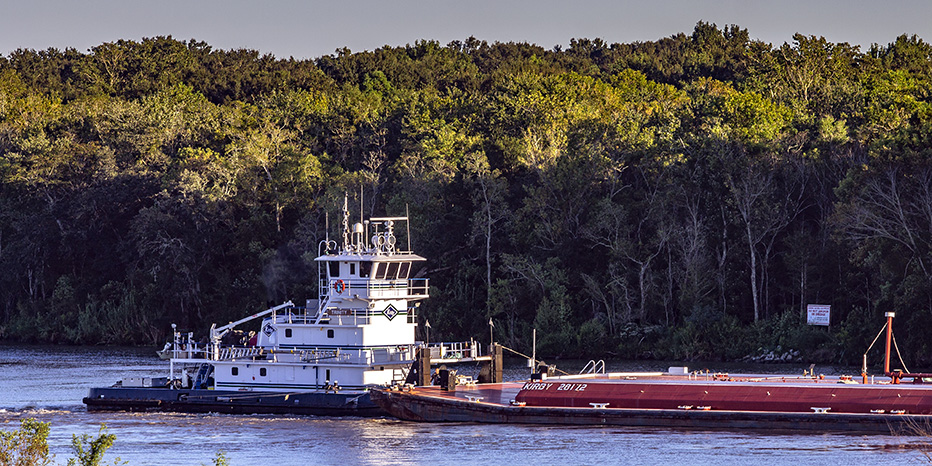
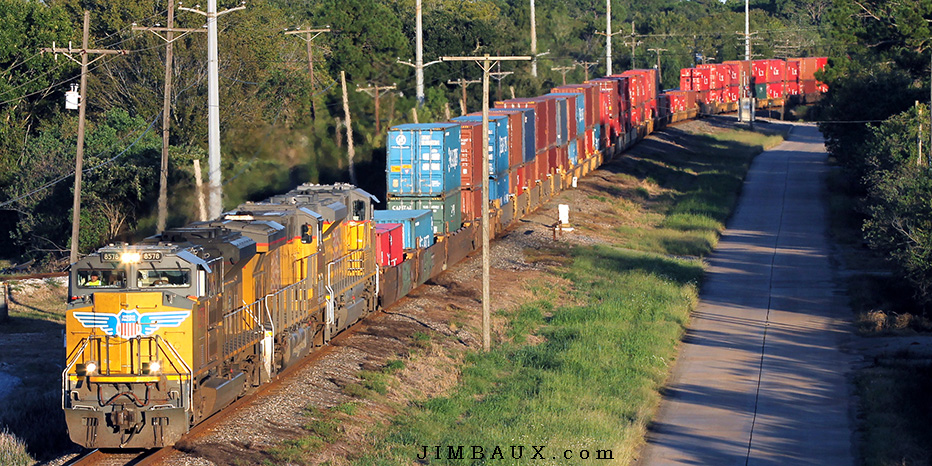
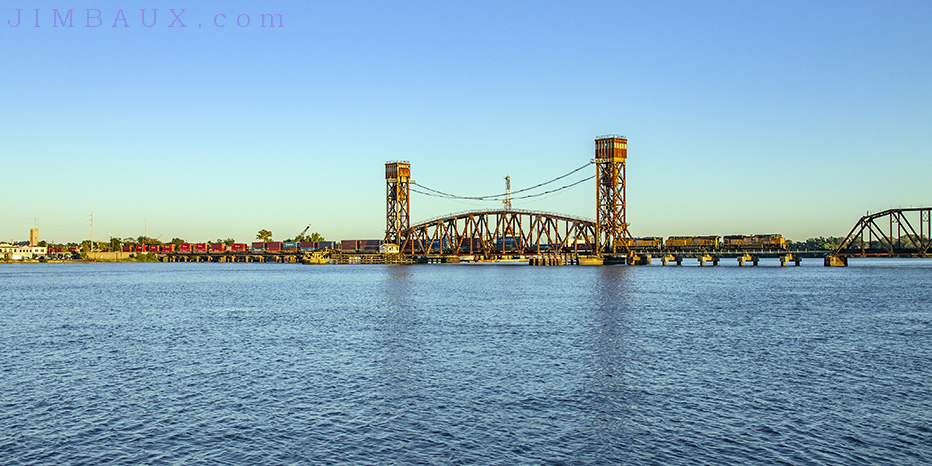
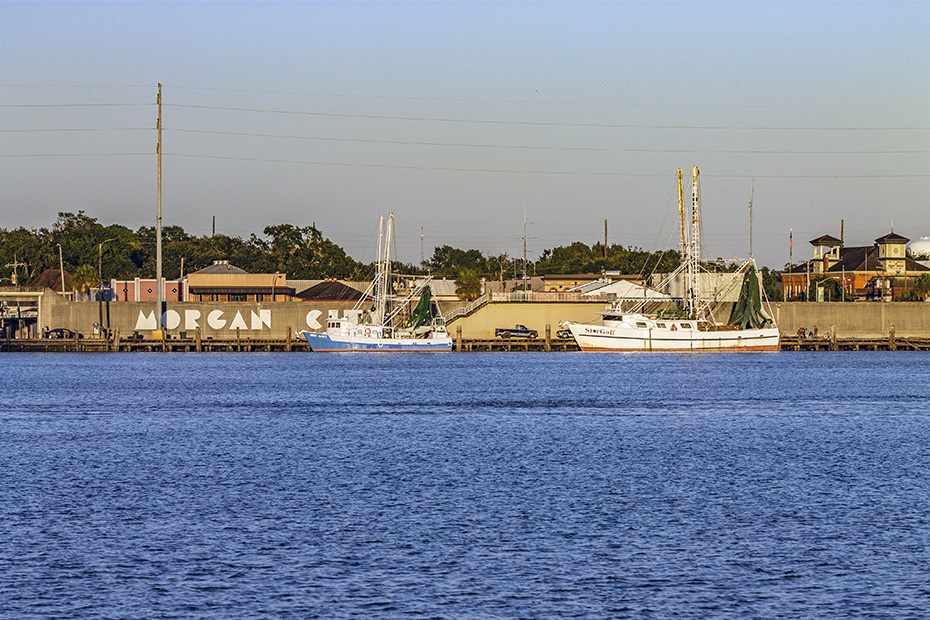
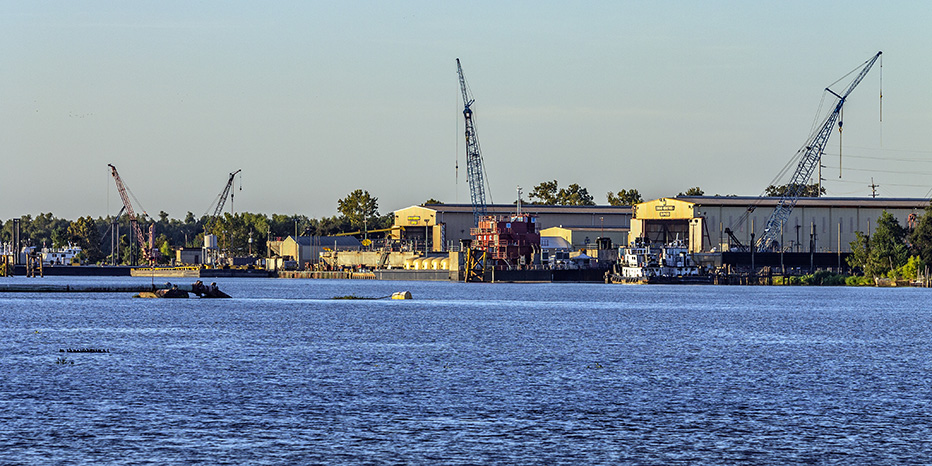
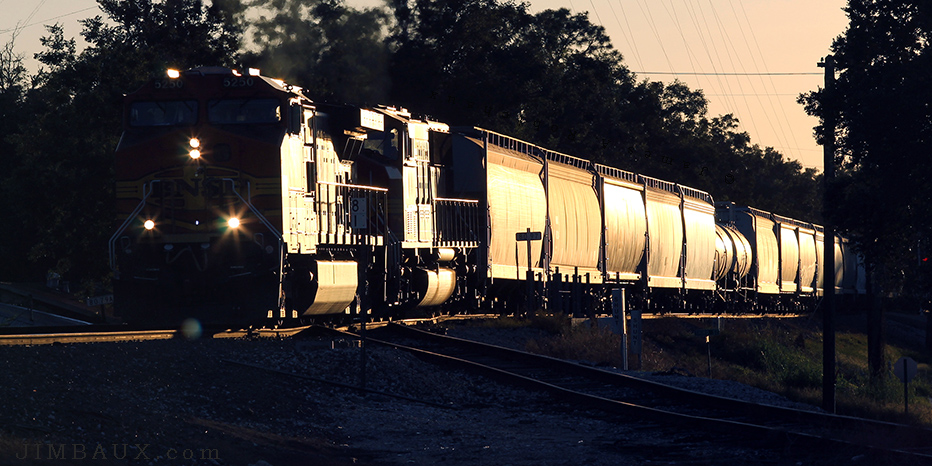
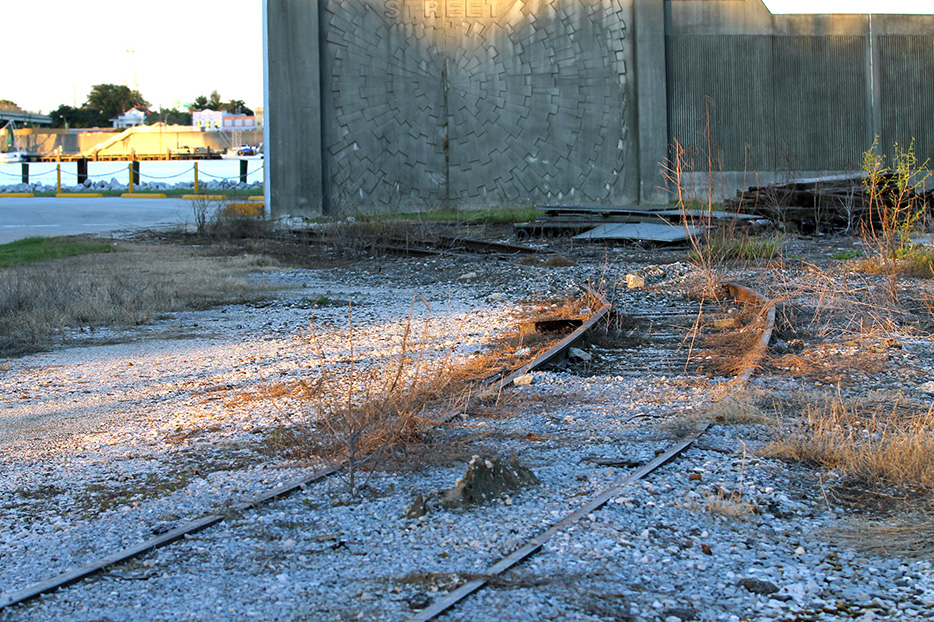
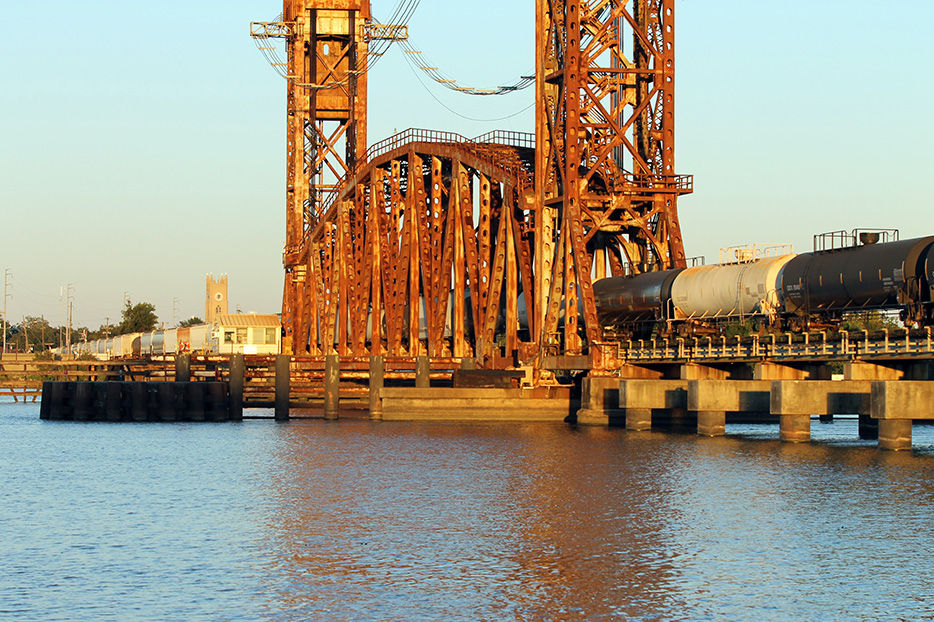



{ 1 comment… read it below or add one }
Good Morning, James:
https://jimbaux.com/2014/10/04/reliefs-and-rationalizations
Refreshing commentary (the article(s)) and expanding the definition(s) about rationalization(s) of all sorts. Just don’t be
too hard on yourself. If you really do enjoy, and I assume that you do by your comments related to taking pictures of
trains in many different situations for, possibly, many different reasons, just rationalize that trains continue to run
across the south Louisiana swamps, and you may add to your artistry at some future time with, perhaps, even better
success than you have already captured with your camera. Also, just remember, that a picture worth capturing starts
in your own mind until the subject moves into proper position to capture with whatever light is available.
Appreciatively,
Dick
.
You must log in to post a comment.